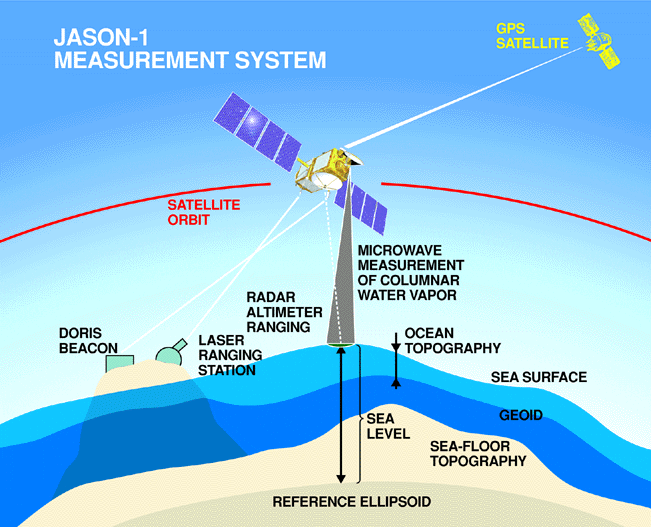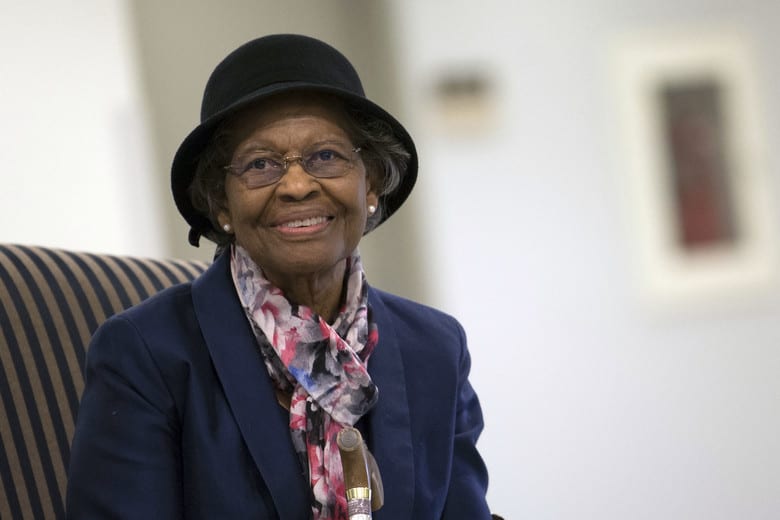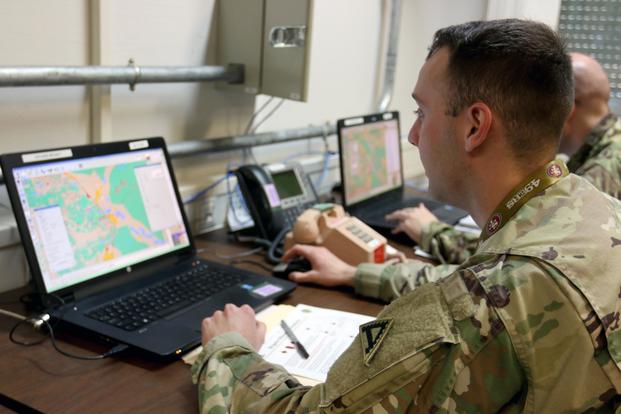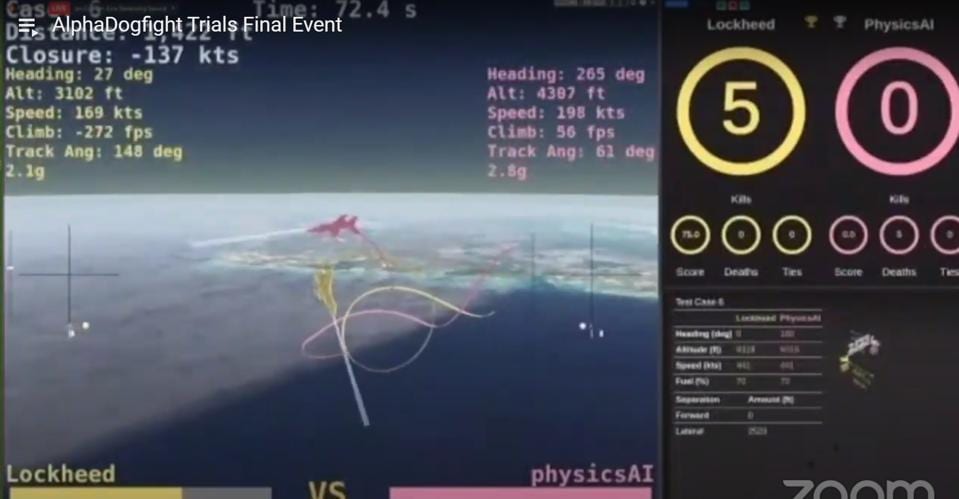Anyone who grew up on “The X-Files” can’t help but think that “the truth is out there” was more than just a catchphrase.
And as it turns out, we could finally begin to learn a little bit more of that truth very soon.
I’ve never seen a UFO, unless you count the cow-abduction road signs in New Mexico.
But I definitely think it’s a little bit silly and hugely egotistical to assume that in the whole vast cosmos, our planet is the only one to sustain intelligent life.
It turns out, the U.S. government has seen enough unexplained evidence that they think so too.
Who that’s heard the audio of Australian pilot Fred Valentich’s encounter and subsequent disappearance can deny that something has visited us?
The U.S. government doesn’t refer to them as UFO’s anymore.
Maybe that’s considered a little too hokey and little-green-manish now, so they instead describe them as UAP or Unidentified Aerial Phenomena, which can take in a broader range of encounters.
Just last year, after videos filmed by Navy pilots was leaked to the public, the Department of Defense established a new task force for investigating these phenomena, or UAPTF.
Pentagon: Establishment of Unidentified Aerial Phenomena Task Force https://t.co/rfQm9T2K4c
— Jake Tapper (@jaketapper) August 14, 2020
Not only that, but Popular Mechanics reports:
When Trump signed the coronavirus relief and government funding bill into law in December 2020, it contained the IAA for Fiscal Year 2021, which means the UAPTF must report its findings to Congress by June 25.
That’s June 25 of this year.
The Director of National Intelligence who served under President Trump at the time went on Fox News recently to talk about the project, and it sounds like he’s a believer too, stating that the reports will cover:
[UAP that make] “movements that are hard to replicate that we don’t have the technology for, or traveling at speeds that exceed the sound barrier without a sonic boom. In short, things that we are observing that are difficult to explain.”
The note about the sound barrier is particularly relevant.

Image credit: U.S. Navy, via Flickr
Here’s why, according to Popular Mechanics:
When an aircraft increases its speed, pressure waves build up on it and eventually coalesce into a single shockwave. When the plane outruns that shockwave and travels faster than the speed of sound in air, it causes a sudden change in pressure, which in turn creates the sonic boom. There’s no publicly available scientific data to suggest any aircraft can break the sound barrier without producing a sonic boom; while engineers can take steps to try to reduce sonic booms, physics says it’s impossible to outright eliminate it.
Which means that if the government has proof of aircraft that defy physics, then they have proof of civilizations more advanced than our own.
And so, although a watchdog group will be evaluating how the Pentagon handled UAP reports:
The Department of Defense's watchdog is set to examine how the Pentagon has handled reports of UFOs, which the department refers to as Unidentified Aerial Phenomena https://t.co/N2f3F385ME
— CNN (@CNN) May 5, 2021
the Pentagon itself will be busy this month reviewing all the data they have been collecting under the UAPTF project ahead of that June deadline to release the information.
DOD/OIG Announces Unidentified Aerial Phenomena (UAP) Evaluation for May 2021: Background The following memorandum was published by the Department of Defense, Office of the Inspector General, on May 3, 2021. It announces the… https://t.co/HJp99voxyb #FOIA #UFO #Conspiracy pic.twitter.com/tks6v8jqLq
— Troubled Minds (@TroubledMindsR) May 4, 2021
And it’s not all going to be blurry videos and darting shapes, either. There’s actual concrete data.
According to a source from The Debrief, a contributor to Popular Mechanics:
“Some of the best evidence acquired has come from measurement and signature intelligence (MASINT), rather than from videos or still images.”
Suddenly I’m on the edge of my seat waiting for summer!
The US Navy photographed and filmed “pyramid” shaped UFOs and “spherical” advanced transmedium vehicles; here is that footage.
Please visit my Instagram and https://t.co/5JMYxoo9sI to read all the details that I can share at this time. pic.twitter.com/58CXZ1ljAF
— Jeremy Corbell (@JeremyCorbell) April 8, 2021
What do you think? All an elaborate hoax, or FINALLY some transparency?
Let us know in the comments!
The post The Department of Defense Is Evaluating UFO Data That Might Be Released to the General Public appeared first on UberFacts.


























